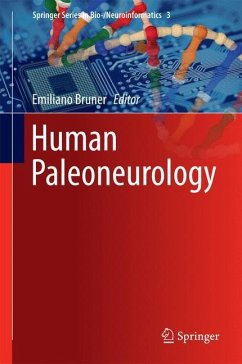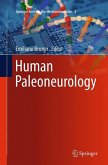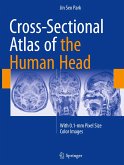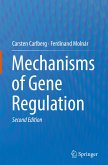The book presents an integrative review of paleoneurology, the study of endocranial morphology in fossil species. The main focus is on showing how computed methods can be used to support advances in evolutionary neuroanatomy, paleoanthropology and archaeology and how they have contributed to creating a completely new perspective in cognitive neuroscience. Moreover, thanks to its multidisciplinary approach, the book addresses students and researchers approaching human paleoneurology from different angles and for different purposes, such as biologists, physicians, anthropologists, archaeologists and computer scientists. The individual chapters, written by international experts, represent authoritative reviews of the most important topics in the field. All the concepts are presented in an easy-to-understand style, making them accessible to university students, newcomers and also to anyone interested in understanding how methods like biomedical imaging, digital anatomy and computed and multivariate morphometrics can be used for analyzing ontogenetic and phylogenetic changes according to the principles of functional morphology, morphological integration and modularity.
From the book reviews:
"This volume grew out of a 2012 symposium on human brain evolution and cognition, one of whose focuses was the use of computer-assisted methods for scanning and statistical analysis. ... Summing Up: Recommended. Upper-division undergraduates, graduate students, and researchers/faculty." (E. Delson, Choice, Vol. 52 (7), March, 2015)
"This volume grew out of a 2012 symposium on human brain evolution and cognition, one of whose focuses was the use of computer-assisted methods for scanning and statistical analysis. ... Summing Up: Recommended. Upper-division undergraduates, graduate students, and researchers/faculty." (E. Delson, Choice, Vol. 52 (7), March, 2015)








